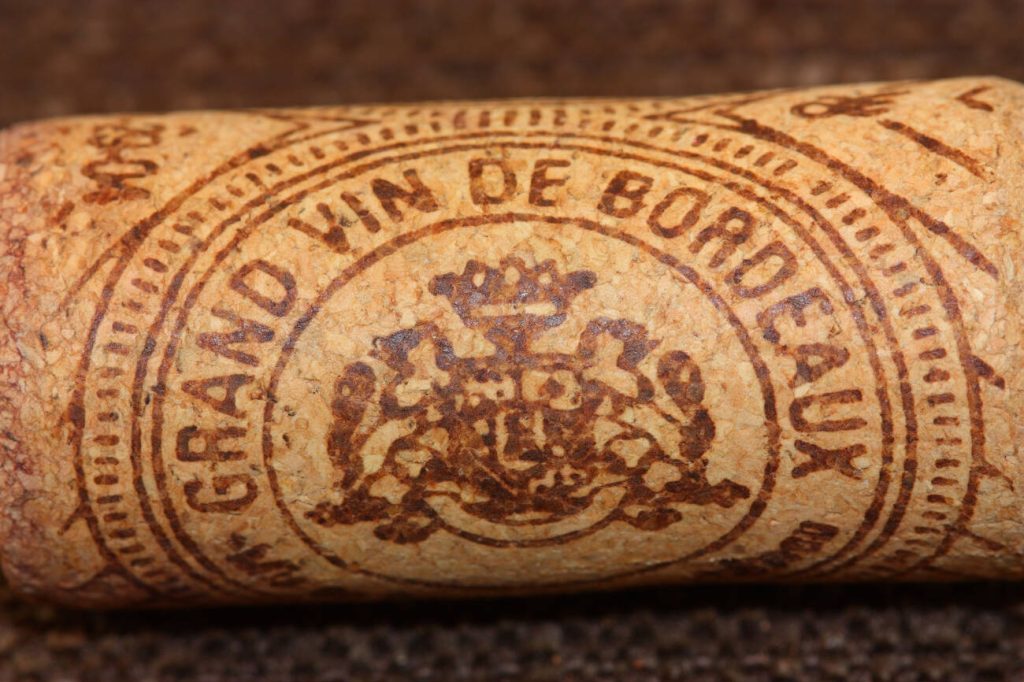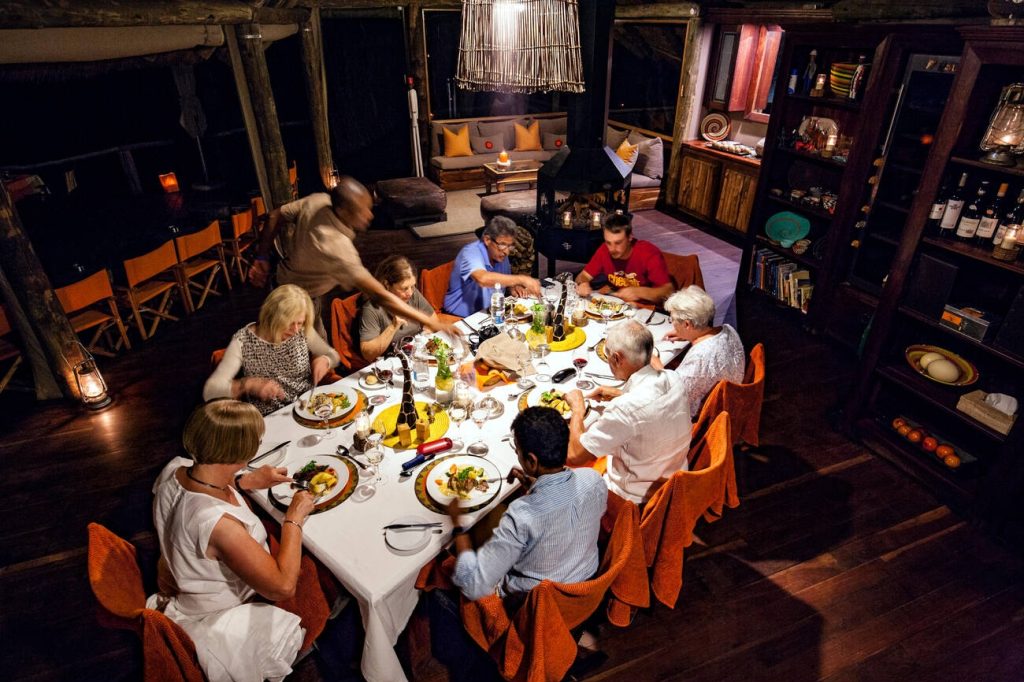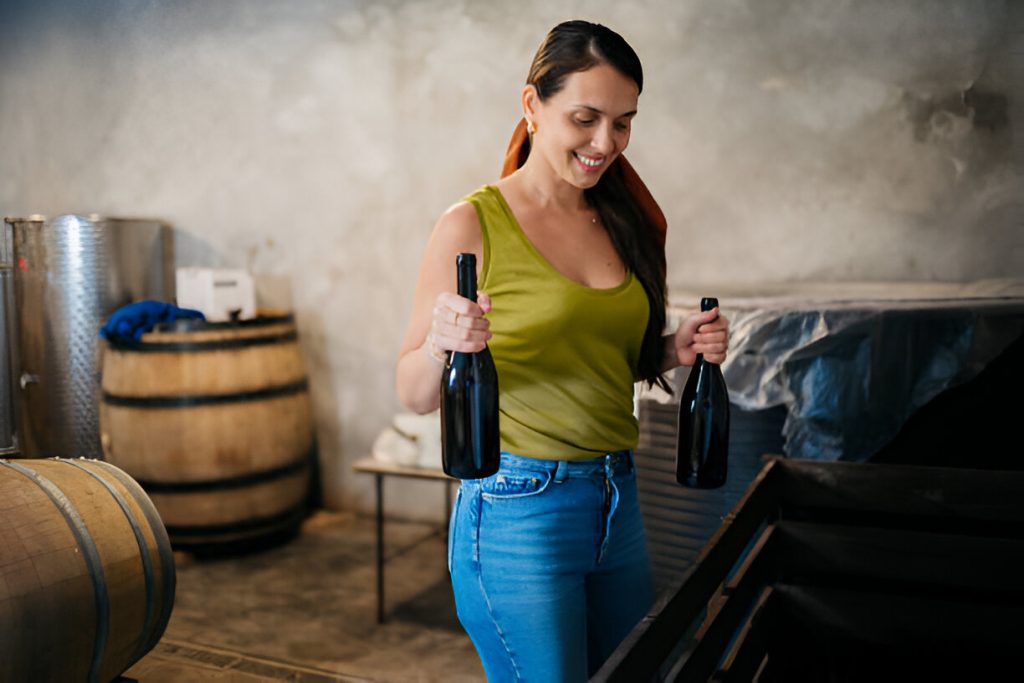Are you ready to embark on a journey through the diverse world of Bordeaux wines? Get ready to explore the unique flavors and characteristics that different grape varieties bring to these renowned blends. From the luscious richness of Cabernet Sauvignon to the elegant plushness of Merlot, each grape adds its own distinct touch. And it’s not just red blends – Bordeaux also boasts exceptional white blends with Sémillon and Sauvignon Blanc taking center stage. So, grab a glass and let’s dive into the fascinating world of Bordeaux wine diversity.
Contents
- The History of Bordeaux Wine Production
- The Importance of Grape Varieties in Bordeaux Wines
- Exploring the Red Grapes of Bordeaux
- Unveiling the White Grapes of Bordeaux
- Understanding the Blending Techniques in Bordeaux Wines
- The Influence of Terroir on Bordeaux Grape Varieties
- The Role of Climate in Shaping Bordeaux Wines
- Comparing the Left Bank and Right Bank Grape Varieties
- Rare and Unique Grape Varieties in Bordeaux
- The Future of Bordeaux Grape Varieties
The History of Bordeaux Wine Production
Bordeaux wine production has a rich history that spans centuries. French wine from Bordeaux is famous worldwide, known for its exceptional quality and distinct flavor profiles. The region is home to numerous chateaus that produce exquisite wines, each with its own unique characteristics. Bordeaux is divided into several regions, including the Left Bank and the Right Bank, which have different soil types and grape varieties. The main types of Bordeaux wine include red blends, such as Cabernet Sauvignon, Merlot, and Cabernet Franc, as well as white blends made from Sémillon and Sauvignon Blanc. Each grape variety contributes to the complexity and depth of Bordeaux wines. The history of Bordeaux wine production showcases the expertise and dedication of winemakers in this renowned region.
The Importance of Grape Varieties in Bordeaux Wines
To fully appreciate the complexity and character of these wines, you should understand the importance of grape varieties in Bordeaux.
- Bordeaux red blends are renowned for their successful combinations of different grape varieties.
- The primary grapes used in Bordeaux red blends are Cabernet Sauvignon, Merlot, and Cabernet Franc.
- Other permitted grapes include Petit Verdot, Malbec, and Carmenère.
The blending model allows winemakers to achieve complexity and consistency in their wines. Different grape varieties ripen at different intervals, allowing adjustments to suit each vintage. This diversity of grapes adds depth and richness to Bordeaux wines. Cabernet Sauvignon brings high tannins, acidity, and aging potential while Merlot provides a softer and more immediate drinking experience. Each grape variety has its own unique flavor profile that contributes to the overall character of the wine. By understanding the importance of grape varieties in Bordeaux wines, you can better appreciate the artistry behind these exceptional French wines.
Exploring the Red Grapes of Bordeaux
If you’re interested in red wine, you’ll be fascinated by the various grape varieties found in this renowned French region. Bordeaux red blends are famous for their successful combinations of grapes. The primary grapes used in Bordeaux red blends are Cabernet Sauvignon, Merlot, and Cabernet Franc. Other permitted grapes include Petit Verdot, Malbec, and Carmenère. The blending model allows winemakers to achieve complexity and consistency as different grape varieties ripen at different intervals, allowing adjustments to suit each vintage.
| Grape Variety | Characteristics |
|---|---|
| Cabernet Franc | Supporting grape in Bordeaux blends with currant and berry flavors |
| Cabernet Sauvignon | Dominant grape on Bordeaux’s Left Bank with intensity and firm tannins |
| Merlot | Prominent grape on Bordeaux’s Right Bank with plushness and elegance |
Understanding the characteristics of each grape variety helps appreciate how they adapt to different climates and soils while adding complexity to the wines.
Unveiling the White Grapes of Bordeaux
Sémillon and Sauvignon Blanc are the main white grape varieties in Bordeaux, contributing richness and high acidity to the region’s white wines. These grapes play a crucial role in creating the diverse range of flavors found in Bordeaux whites. Here are three key characteristics of these grape varieties:
- Sémillon: This grape adds richness and texture to Bordeaux white wines. It brings flavors of honey, apricot, and tropical fruits, along with a smooth mouthfeel.
- Sauvignon Blanc: Known for its high acidity, Sauvignon Blanc provides a refreshing zing to Bordeaux whites. It brings vibrant citrus flavors, along with herbaceous notes like grass and green bell pepper.
- Blending Power: When combined together, Sémillon and Sauvignon Blanc create harmonious blends that showcase both richness and acidity. The blending process allows winemakers to achieve complexity and balance in their white wines.
These two grape varieties are essential components of Bordeaux’s white wine production, offering a wide range of styles to explore and enjoy.
Understanding the Blending Techniques in Bordeaux Wines
Understanding the blending techniques in Bordeaux wines allows winemakers to create complex and balanced flavors. By combining different grape varieties, winemakers can achieve a harmonious blend that showcases the best qualities of each grape. The primary grapes used in Bordeaux red blends are Cabernet Sauvignon, Merlot, and Cabernet Franc, but other permitted grapes like Petit Verdot, Malbec, and Carmenère can also be used. The beauty of blending is that it allows winemakers to adjust the proportions of each grape variety based on the characteristics of each vintage. Some grapes ripen earlier while others ripen later, giving winemakers flexibility in creating wines with depth, structure, and elegance. Blending is truly an art form that contributes to the unique and celebrated wines of Bordeaux.
The Influence of Terroir on Bordeaux Grape Varieties
The influence of terroir on the grape varieties in Bordeaux can result in wines with distinct characteristics and flavors. The unique combination of soil, climate, and topography shapes each vineyard’s terroir, ultimately affecting the grapes grown and the resulting wine. Here are three ways in which terroir impacts Bordeaux grape varieties:
- Soil Composition: Bordeaux has a diverse range of soils, including gravelly, clay-limestone, and sandy soils. These variations affect the drainage capacity and nutrient availability for the vines.
- Climate: Bordeaux’s maritime climate is influenced by its proximity to the Atlantic Ocean. The region experiences mild winters, warm summers, and high humidity. These weather patterns determine the ripening process and flavor development in the grapes.
- Microclimate: Within Bordeaux lie numerous sub-regions with distinct microclimates due to variations in elevation and exposure to sunlight. These microclimates create differences in temperature, rainfall, and sunlight intensity, influencing grape quality.
Overall, terroir plays a crucial role in shaping the character of Bordeaux wines by imparting specific aromas, flavors, texture, and aging potential to each grape variety.
The Role of Climate in Shaping Bordeaux Wines
When it comes to the role of climate in shaping these wines, you’ll find that different weather patterns result in distinct flavors and characteristics. Bordeaux is known for its marginal climate, which means there is a great deal of vintage variation. Some years are hot and dry, while others are cold and frost-prone. This variability in weather conditions influences the grapes grown and ultimately the style of wine produced. The region utilizes a variety of grape varieties to ensure a successful crop despite the challenging conditions. Below is a table showcasing some of the main grape varieties used in Bordeaux, along with their flavor profiles:
| Grape Variety | Flavor Profile |
|---|---|
| Cabernet Sauvignon | Intense fruit flavors, spice, tobacco, cedar, firm tannins |
| Merlot | Plush and elegant with velvety tannins and primary fruit flavors |
| Cabernet Franc | Currant and berry flavors with herbaceous notes |
| Sauvignon Blanc | Citrus and fruity flavors with herbaceous and floral notes |
This diverse range of flavors is a result of the unique climate found in Bordeaux and highlights how climate plays a crucial role in shaping these exceptional wines.
Comparing the Left Bank and Right Bank Grape Varieties
Comparing the Left Bank and Right Bank, you’ll find distinct grape varieties that contribute to the unique flavors of Bordeaux wines.
- On the Left Bank, Cabernet Sauvignon is dominant in the blend. It produces wines with depth, richness, concentration, and longevity. The Médoc appellations like Pauillac and Margaux are known for their Cabernet Sauvignon-based wines.
- On the Right Bank, Merlot takes center stage. It yields plush and elegant wines, as seen in prestigious châteaus like Pétrus. The clay and limestone soils provide ideal conditions for Merlot to develop deep and plummy flavors.
- Bordeaux also grows other grape varieties like Cabernet Franc, Petit Verdot, Malbec, Carmenère for blending purposes. These grapes add complexity and allow winemakers to tailor the wine to each vintage’s characteristics.
The diverse range of grape varieties on both banks contributes to the exceptional quality and variety found in Bordeaux wines.
Rare and Unique Grape Varieties in Bordeaux
Among the lesser-known grape varieties in Bordeaux, you’ll find Muscadelle, offering a musky and fragrant element to the wines. While Merlot and Cabernet Sauvignon take center stage in Bordeaux, it’s important not to overlook this unique variety. Muscadelle is nearly extinct in Bordeaux but still plays a role in some blends. It brings a distinctive aroma of musk and flowers to the wines, adding complexity and depth. Muscadelle is often used in sweet white wines like Sauternes, where its floral notes complement the honeyed flavors. It can also be found in dry white blends alongside Semillon and Sauvignon Blanc. So next time you’re exploring Bordeaux wines, don’t forget about Muscadelle – it may just surprise you with its delightful fragrance and character.
The Future of Bordeaux Grape Varieties
Don’t overlook the future of grape varieties in Bordeaux – you’ll be pleasantly surprised by the exciting new flavors and characteristics they bring to the wines.
- Embrace change: Bordeaux is experimenting with new grape varieties, expanding beyond its traditional ones.
- Discover unique flavors: These new grapes add a twist to Bordeaux wines, offering different taste profiles and aromas.
- Enhance complexity: With these additional grape varieties, winemakers can create more complex blends that showcase the diversity of Bordeaux.
The introduction of these new grapes not only brings innovation but also allows for adaptation to changing climate conditions. It’s an exciting time for Bordeaux as it continues to evolve and push boundaries in winemaking. So keep an open mind and explore these upcoming grape varieties – you might just find your new favorite Bordeaux wine.




